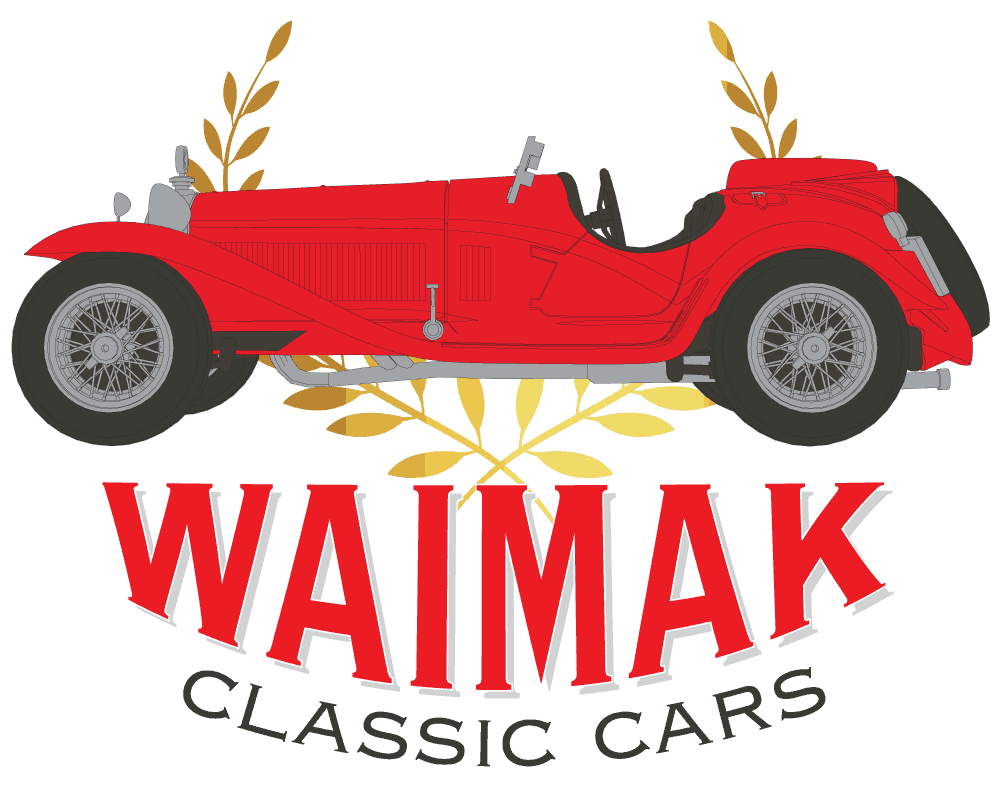
Six Wheeler – The Panther 6 Story
Share With Friends:
By Ben Selby
What does Adolf Hitler, Formula One team founder Ken Tyrrell, Lady Penelope from “Thunderbirds” and Mike Wazowski from Pixar’s “Monsters Inc” all have in common? They all owned or drove in cars which featured six wheels.
This trend of six wheeled motoring was some which had a great influence on British automotive designer Robert Jankel. Jankel was the owner and founder of small British sports car maker, Panther, or Panther Westwinds if you want the full name.
Panther was founded in 1972 and during the seventies became know mostly for retro-inspired open top sports cars like the J72, Lima and Kallista. However, it soon became clear that Jankel was no longer content with making retro looking roadsters and in 1977, the company displayed an outrageous looking concept supercar at the London Motorfair show at Earls Court. It was called the Panther 6 and, you guessed it, it featured six wheels.
The car was built in secret at Jankel’s home, not all the Panther employees saw it until six weeks before the unveiling. Inspiration came from one of the figures on that list previous. No, not Hitler, but Ken Tyrrell. In 1976, Tyrrell had entered the Formula One season with the Elf sponsored Tyrrell P34, a six-wheeled F1 car which managed to bring home a one-two victory at that year’s Swedish Grand Prix. Jankel saw this and must have thought, “lets do this on a road legal sports car, what a way to bring the punters in.”
Well, people certainly talked for many months after seeing the 6 at Earls Court. Like the P34, the Panther 6 featured four wheels up front, two on each side which would provide the steering, while two at the rear would provide the drive. Panther also claimed the four wheels at the front were not there for show, but for safety. In wet conditions, the front wheels would lock and provide the next set of tyres with dry tarmac to brake on.
Powering the Panther 6 was a gargantuan mid-mounted 8.2L 500ci Cadillac V8. If that displacement wasn’t enough, Jankel added a pair of turbos on for good measure. Power was rated at a claimed 447kW and 830Nm of torque which would be put to pavement via a humble three-speed automatic transmission.
Panther would go as far as to say the 6 was good for speeds of 200mph and would reach 100mph from a standstill in seven seconds. Jankel even claimed that if properly geared, it would see the nearside of 240mph. though this would prove to be unsubstantiated as no-one had actually tested this
While it was certainly not lacking in the power department, the five metre long, two metre wide 6 featured a tonne of luxuries. The suede interior featured a handheld telephone in each door pocket, a television and even a combination lock for the storage compartments.
With a pricetag of close to 40,000 GBP then, the Panther 6 was considerably pricier than any Ferrari, Aston Martin or Porsche available at the time.
However, despite being a standout, only two Panther 6s were ever built. The story goes that Pirelli, who designed the front tyres for the Panther 6 decided they would not be building production versions for the car. As a result, the whole project crumbled.
Panther limped on through the 1980s, eventually producing the 2+2 Solo in 1989, before closing its doors in 1990. Robert Jankel went on to be very successful with a business creating armoured cars for figureheads of state, particularly in the Middle East. He passed away from cancer in 2005.
Of the two cars built, one is rumoured to reside in the Middle East, while the other, chassis number XP3100, was last auctioned in 2011 after a long fettling process. The latter of these was put together using components from Panther after the project failed.
Robert Jankel set out to make a luxurious supercar like no other and on that front he certainly succeeded. If things were different, maybe the Porsches and Ferraris of millionaire yuppies parked on London’s High Street would play second fiddle in being noticed next to the Panther 6.




